Do you have a snake plant that's looking a little lonely? Did you know that there are companion plants that can make it thrive?
Snake plants are known for their hardiness and air-purifying qualities, but they can also benefit from having a plant friend nearby.
One of the best companion plants for snake plants is pothos. Pothos is easy to care for and can tolerate many conditions. It's also very effective at filtering out toxins from the air.
Another excellent companion plant is ivy, which is easy to maintain and can survive without proper sunlight or water.
These are just a few companion plants that can help your snake plant thrive.
Adding a companion plant to your snake plant's pot can make it look more aesthetically pleasing and improve its overall health.
Choosing the right companion plant can create a beautiful and healthy indoor garden.
So, if you want to give your snake plant a little company, keep reading to learn about some of the best companion plants to pair it with.
Understanding Your Snake Plant
If you're looking for a companion plant for your snake plant, it's essential to understand its growth habits and care requirements to ensure the two plants will thrive together.
Snake Plant Growth Habits
Snake plants, also known as Sansevieria, are native to tropical regions of Africa. They have long, upright leaves that can grow up to several feet tall and spread outwards to form a clump.
One interesting fact about snake plants is that they release oxygen at night, making them a great plant in your bedroom.
They are also known for their air-purifying abilities, as they can remove toxins such as formaldehyde and benzene.
Snake Plant Care Requirements
Snake plants are pretty versatile and can be grown both indoors and outdoors, depending on the climate and conditions.
However, there are a few care requirements to keep in mind to ensure that your snake plant stays healthy:
- Light: Snake plants prefer bright, indirect light but can also tolerate low light conditions. Direct sunlight can scorch their leaves.
- Water: Snake plants are drought-tolerant and can go several weeks without being watered. Overwatering can lead to root rot, so letting the soil dry out between waterings is essential.
- Soil: Snake plants prefer well-draining soil and can be planted in a mix of potting soil and sand or perlite.
- Temperature: Snake plants can tolerate a wide range of temperatures but prefer temperatures between 65-80°F.
The Concept of Companion Planting
Companion planting is the practice of growing different plants together to benefit both of them. It involves planting species that complement each other by providing nutrients, repelling pests, or enhancing growth.
What is Companion Planting?
Companion planting is a technique that has been used for centuries to improve the health and yield of crops.
It is based on the idea that certain plants have natural affinities for each other and can help each other grow.
Why Use Companion Plants?
There are many benefits to using companion plants in your garden. Here are a few reasons why you should consider using companion plants for your snake plant:
- Pest control: Some companion plants can help repel pests attracted to your snake plant. For example, planting lavender or mint next to your snake plant can help repel spider mites and other pests.
- Nutrient cycling: Companion plants can help cycle nutrients in the soil, benefiting your snake plant. For example, planting clover or alfalfa next to your snake plant can help fix nitrogen in the soil, benefiting your snake plant.
- Enhance growth: Some companion plants can help enhance the development of your snake plant. For example, planting ferns or ivy next to your snake plant can help create a green wall of lushness.
Top Companion Plant Choices for Snake Plants
The magic happens when snake plants are paired with companion plants that complement their aesthetic and growing conditions!
1. Pothos (Epipremnum aureum)
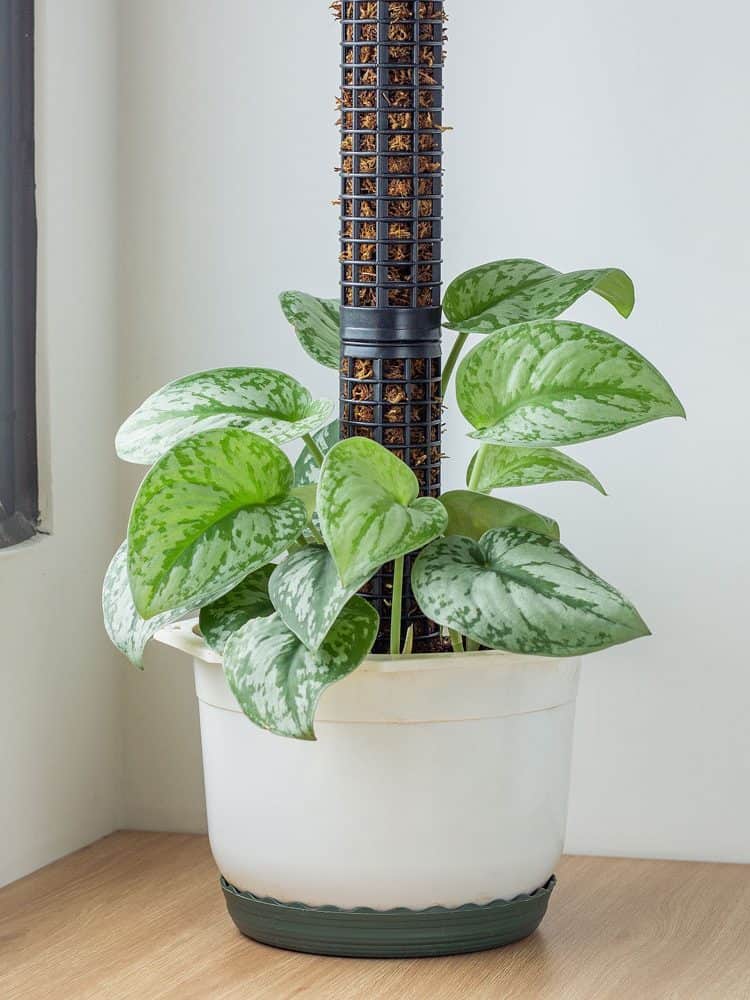
Pothos, with its cascading vines and lush, heart-shaped leaves, provides a contrasting yet harmonious look when placed near the upright foliage of snake plants.
Its adaptability to various light conditions makes it a favorable companion.
2. Ivy (Hedera helix)
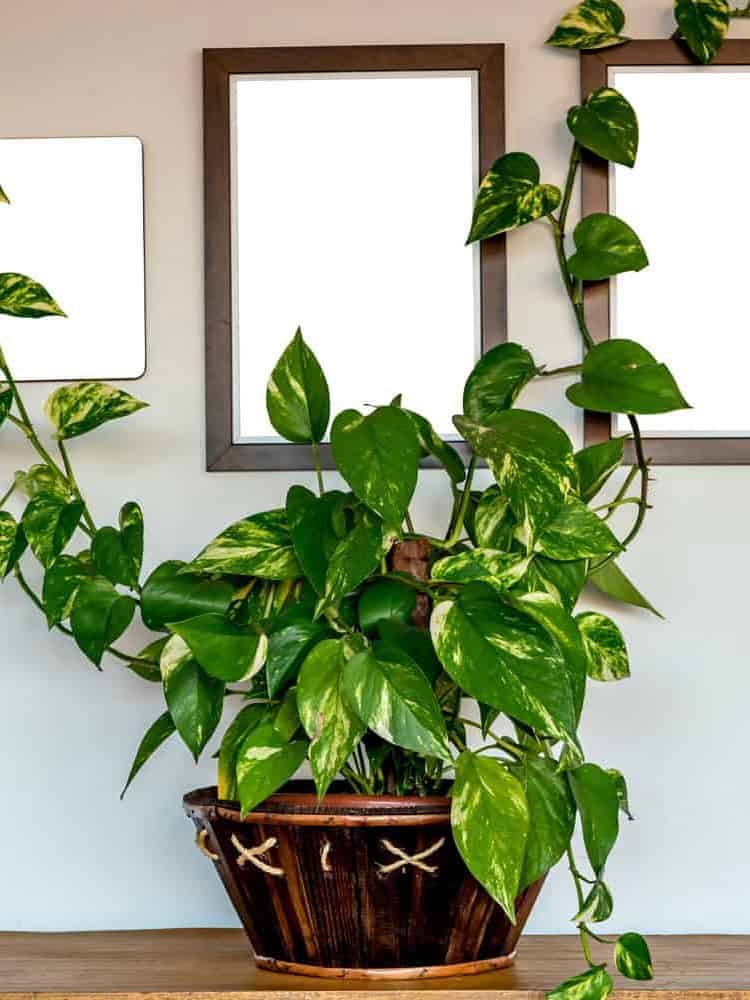
Ivy's trailing growth habit and delicate, lobed leaves offer a fine-textured contrast to the bold structure of snake plants. Both plants are versatile and can thrive in similar indoor conditions.
3. Ferns
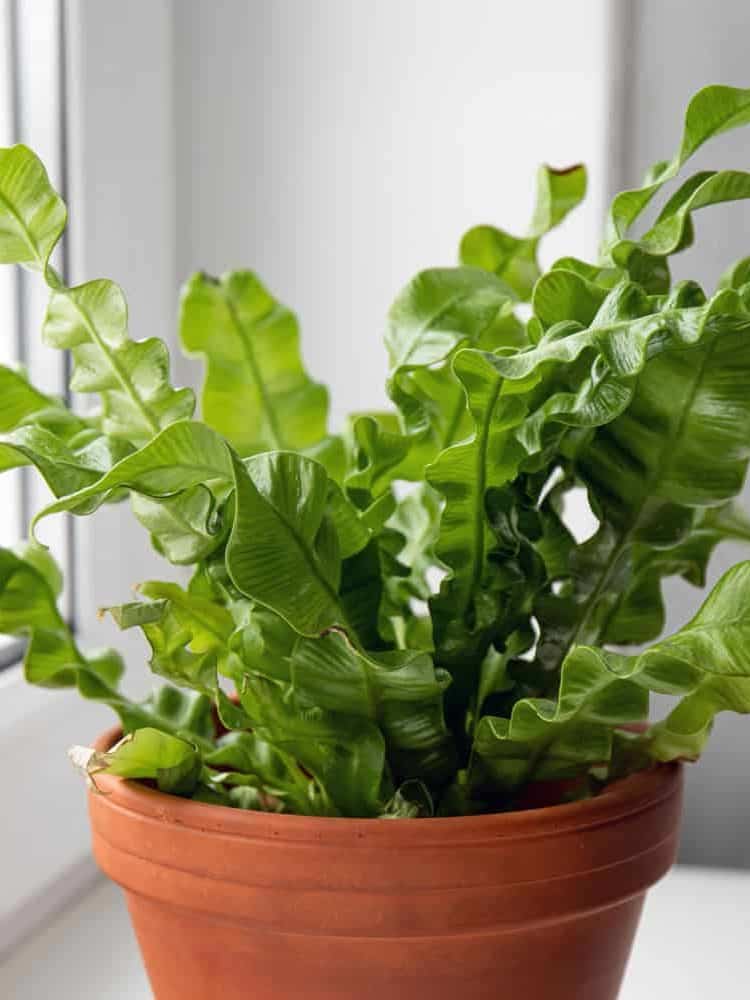
Ferns add a touch of softness with their delicate, feathery fronds. Their preference for similar light conditions makes them a good match with snake plants, creating a textural contrast pleasing to the eyes.
4. Succulents
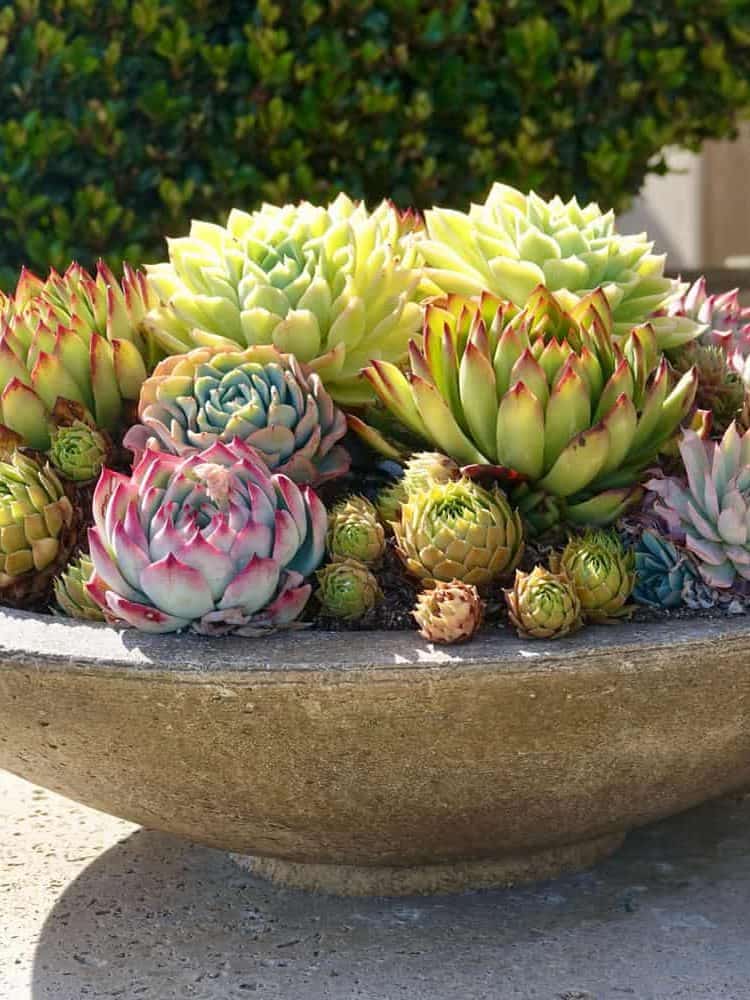
Succulents like Echeveria or Sedum contrast beautifully with their rosette or spreading forms. Their similar requirements for well-draining soil and drought tolerance make them compatible companions.
5. Cacti
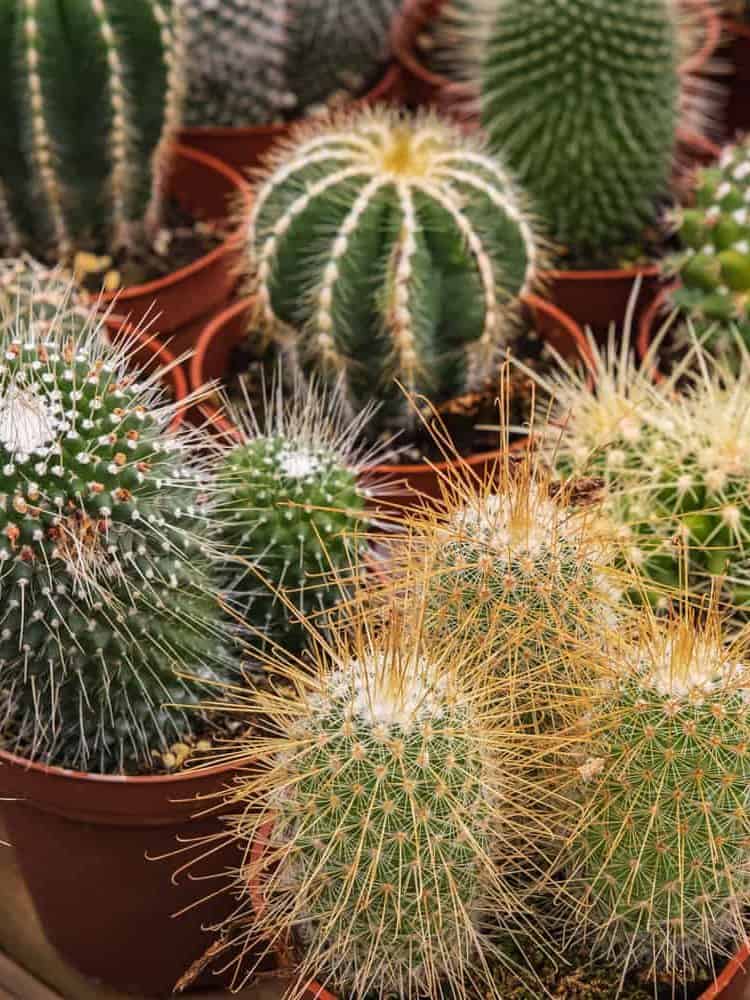
The distinct shapes and textures of cacti can add an interesting visual element when paired with snake plants. Both plants share similar low-water and light requirements.
6. Spider Plant (Chlorophytum comosum)
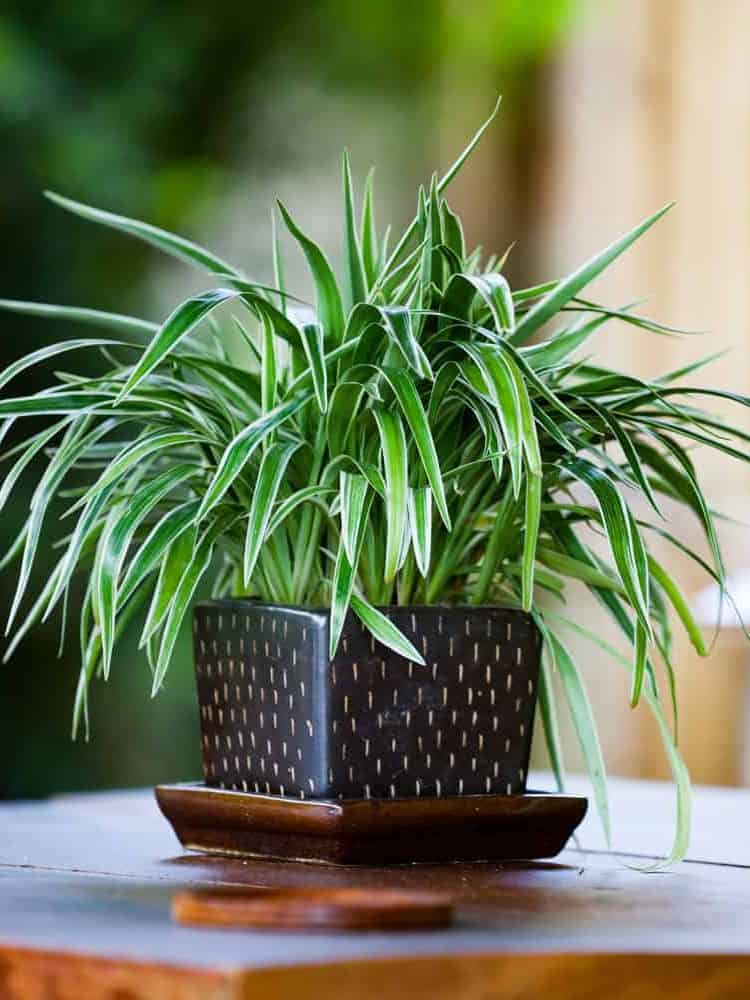
With their arching leaves and baby plantlets, Spider plants provide a contrasting yet complementary look to snake plants.
7. ZZ Plant (Zamioculcas zamiifolia)
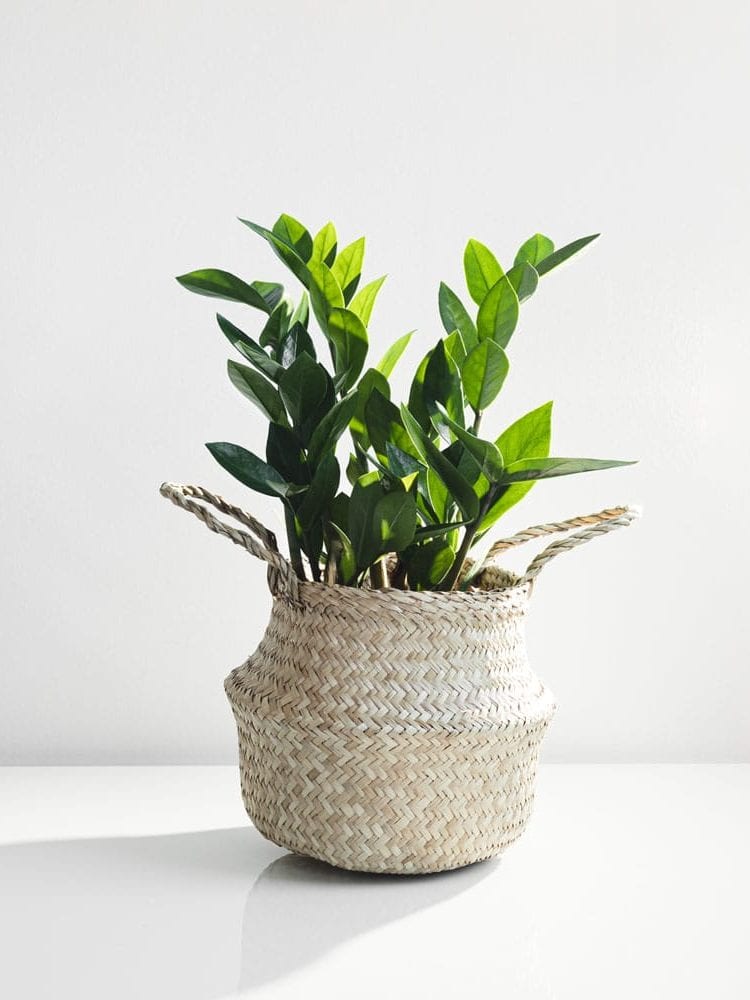
The glossy, dark green foliage of ZZ plants can complement the architectural aesthetic of snake plants, and both are easy to care for.
8. Philodendrons
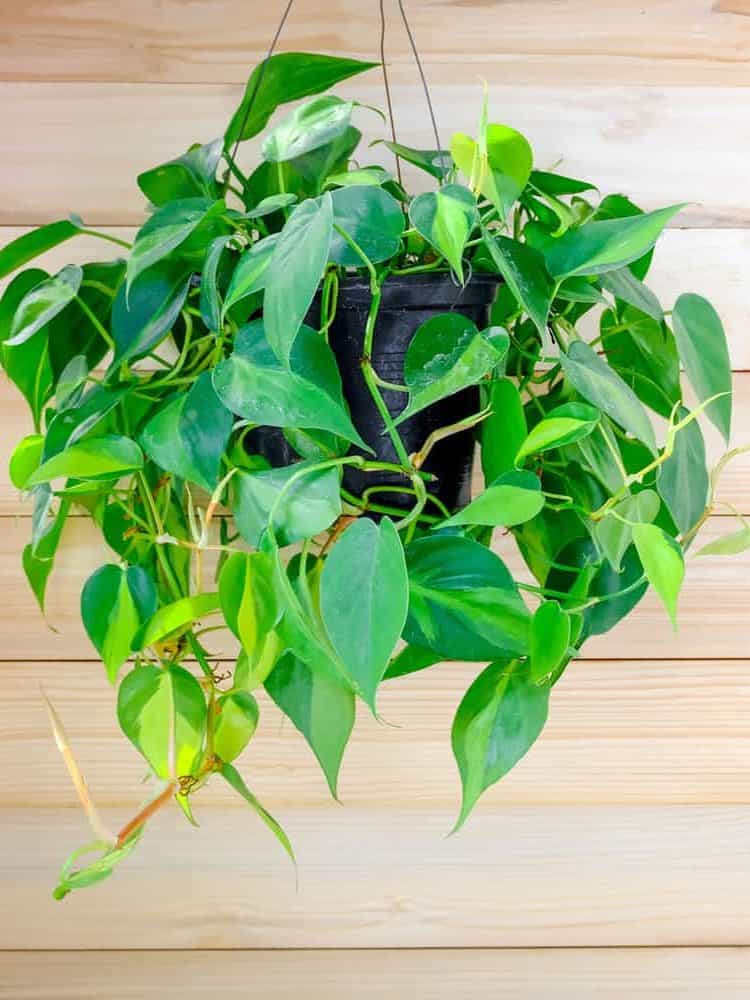
The broad, often heart-shaped leaves of philodendrons offer a nice contrast to the tall, slender leaves of snake plants.
9. Peace Lily (Spathiphyllum)
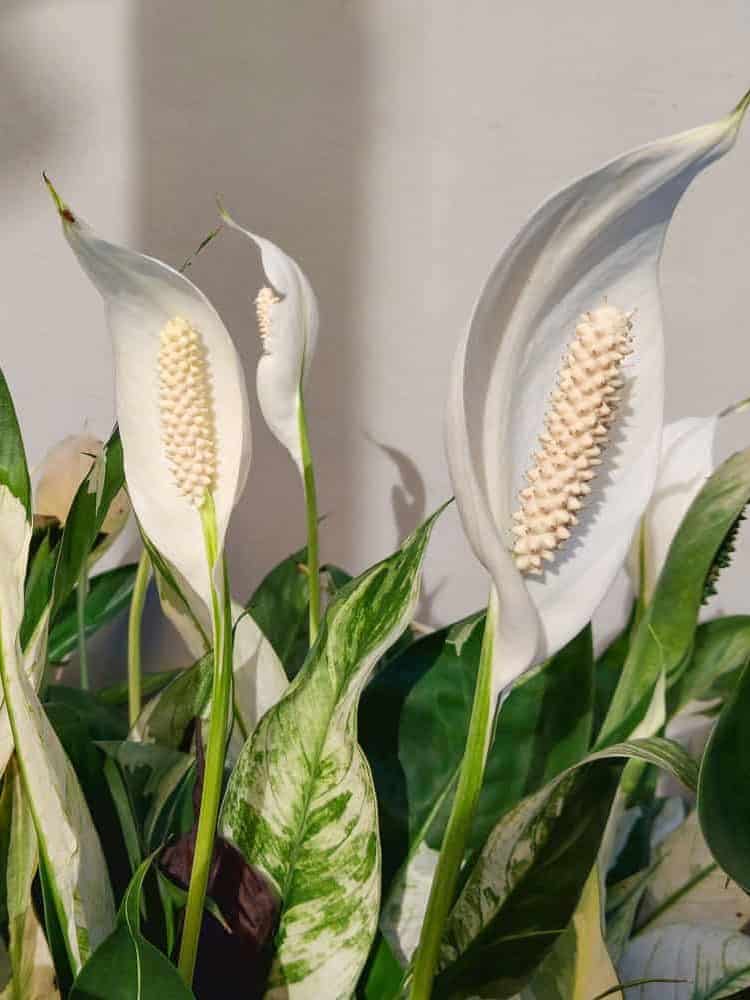
The dark green foliage and white flowers of peace lilies provide a soft, elegant contrast to snake plants.
10. Rubber Plant (Ficus elastica)
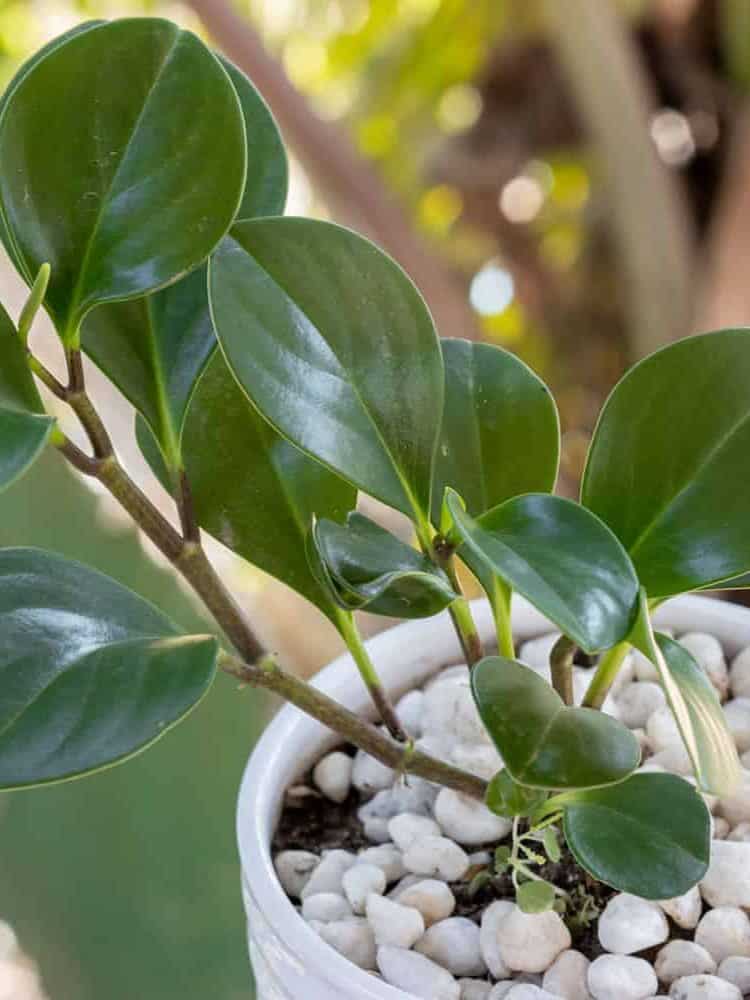
Rubber plants' bold, dark green leaves offer a dramatic contrast and can create a visually appealing arrangement with snake plants.
11. Aloe Vera
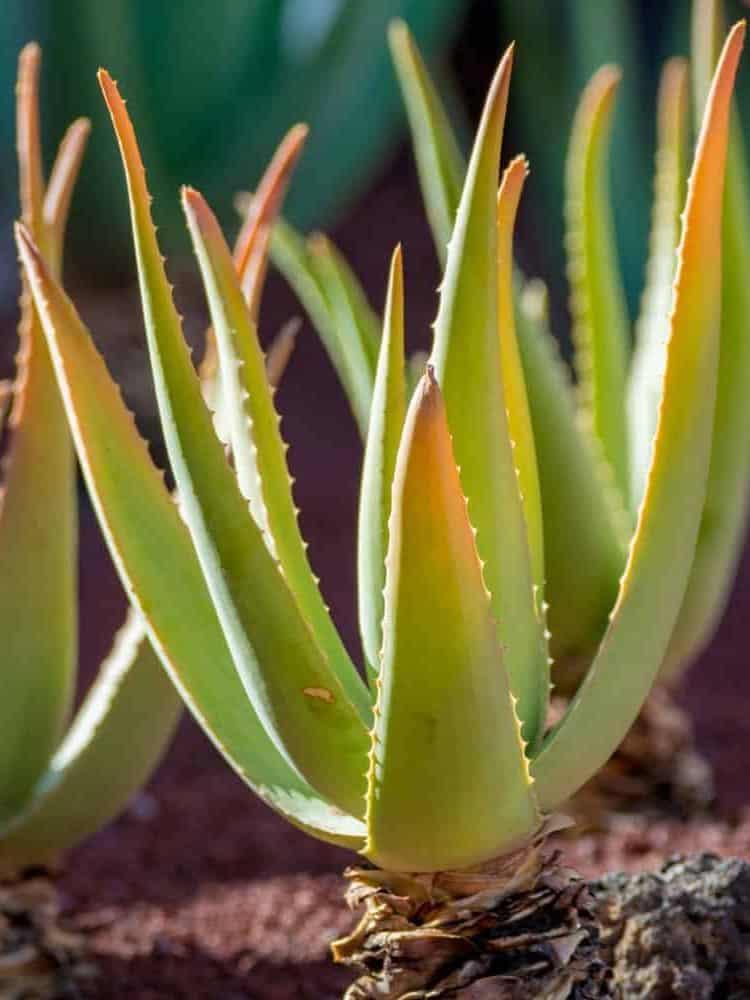
Aloe vera, with its succulent leaves and beneficial properties, makes a practical and aesthetic companion for snake plants.
12. Calathea
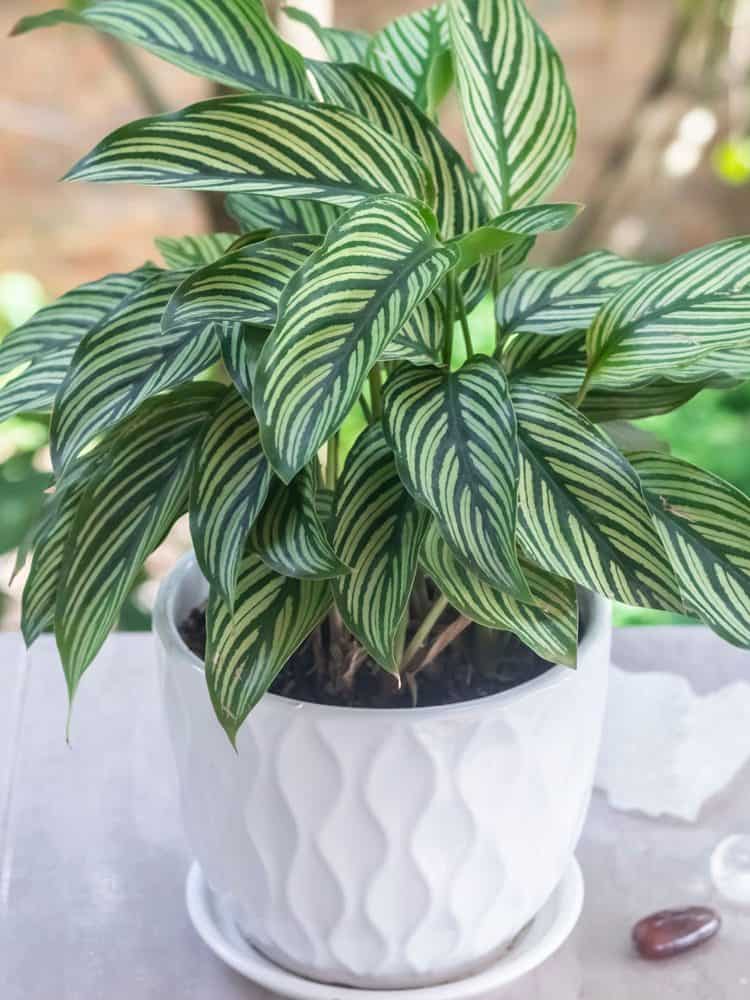
Calatheas, with their intricately patterned leaves, can add a splash of color and texture, creating a visually stimulating combination with snake plants.
Mix and match these companion plants with your snake plants to create a vibrant and varied display that will brighten any indoor or outdoor space!
Wrap-Up: Making Your Snake Plant Thrive
Caring for your snake plant is straightforward but requires some attention to detail. Here are some additional to help your snake plant thrive:
Factors to Consider:
1. Soil and Drainage
Ensure your snake plant is planted in well-draining soil and a pot with proper drainage. Snake plants are susceptible to root rot if their roots sit in soggy soil.
2. Watering
Water your snake plant only when the soil is completely dry. Overwatering is a common mistake that can harm your snake plant. Choose companion plants with similar water requirements to avoid overwatering.
3. Light Conditions
Keep your snake plant in bright, indirect light. While snake plants can tolerate lower light conditions, they thrive in more luminous spaces.
Ensure that companion plants you choose prefer similar light conditions and avoid exposing your snake plant to direct sunlight.
4. Temperature and Drafts
Snake plants are sensitive to extreme temperatures and drafts. Avoid placing them near heating or cooling vents and protect them from sudden temperature fluctuations.
5. Fertilization
Fertilize your snake plant occasionally with a balanced houseplant fertilizer. Follow the recommended guidelines for fertilization to maintain its health and vitality.
6. Companion Plants
To enhance your space's aesthetic appeal and air quality, consider adding companion plants to your snake plant's pot.
Choose companions that look great together and share similar care requirements. This ensures a cohesive and healthy plant display.
So go ahead and give your snake plant some love and attention, and watch it thrive!
